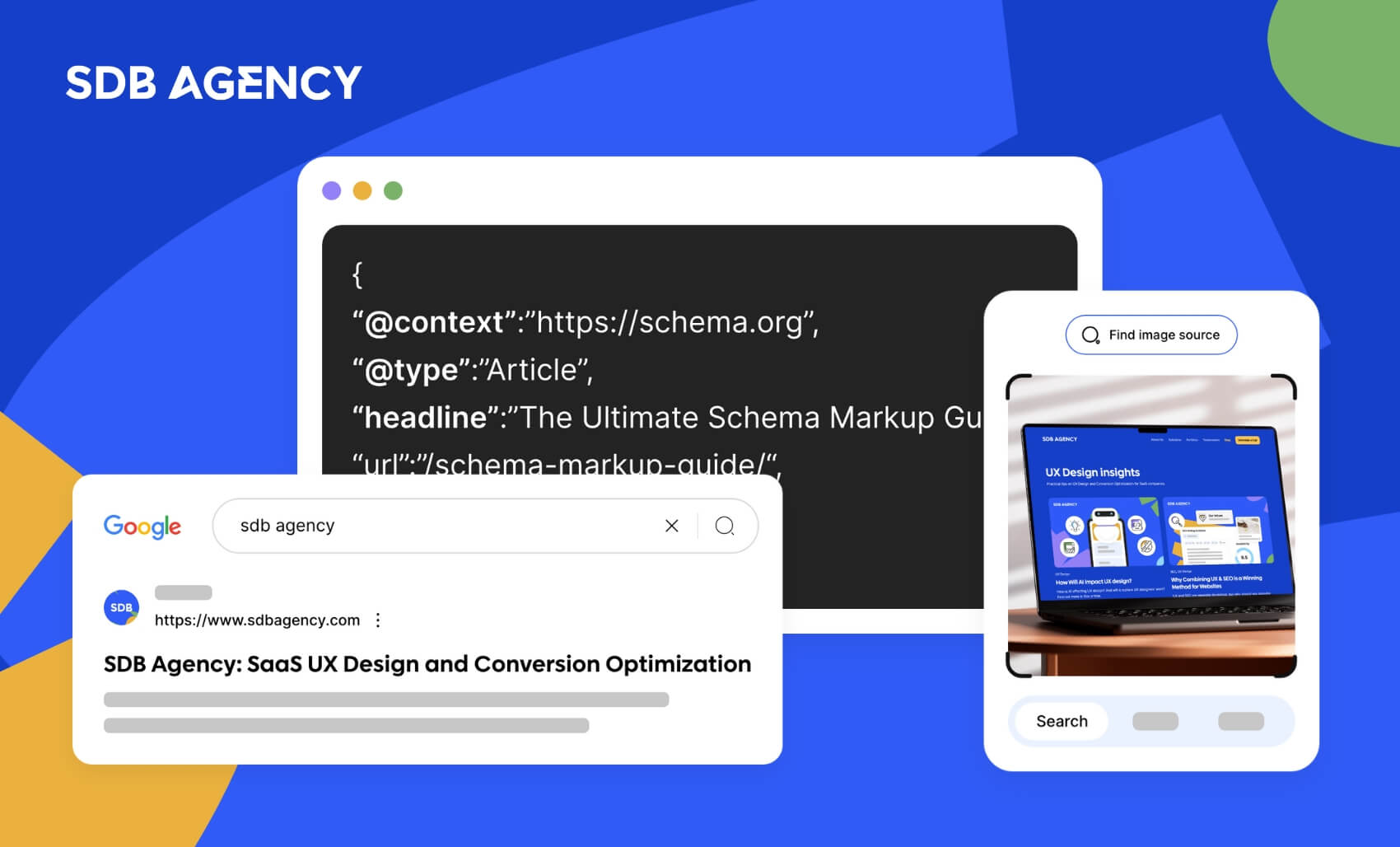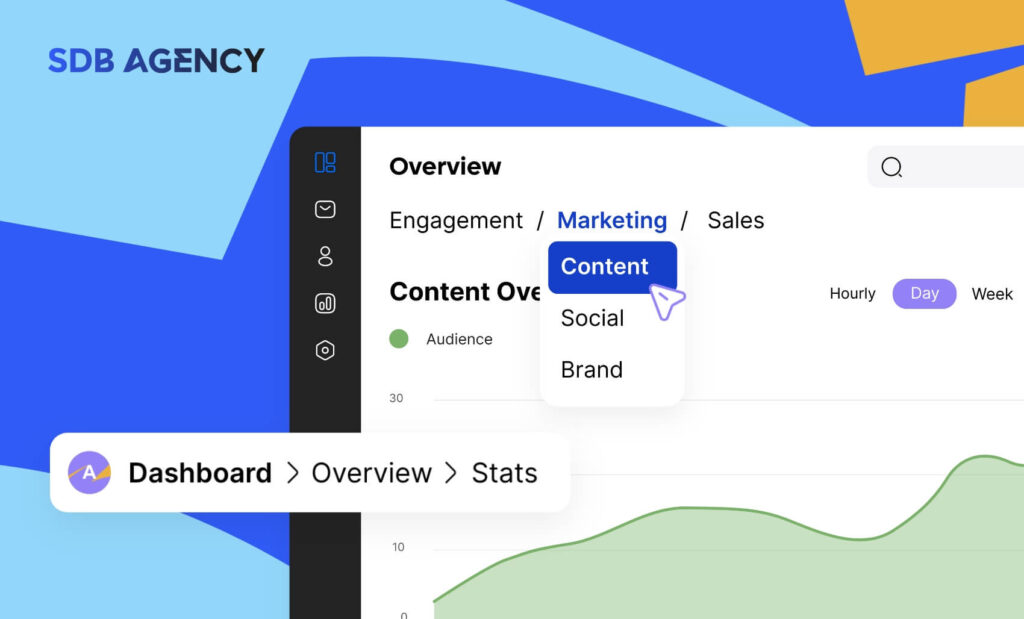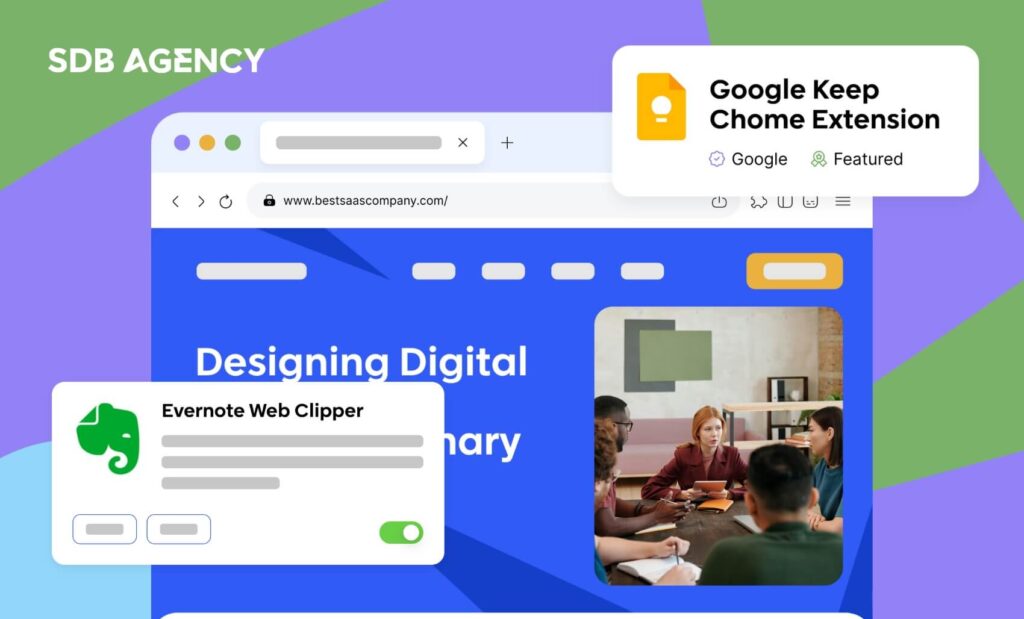Redefining Search with Visual Search Technologies

In today’s dynamic technology landscape, how we look for online information is undergoing continuous transformations. Visual search, once a considered mere feature, is now a revolutionary force with the potential to transform our digital interactions significantly.
The concept of visual search is slowly becoming a formidable force in the digital world. With the increasing dependence on smartphones, the potential for visual search engines to transform our approach to exploring the web is not just expanding but also deeply connected to our daily lives.
What is visual search?
While text-based searches still dominate the Internet, visual searches have the potential to revolutionize how we find information. At its core, visual search allows users to find information using images without needing to type a single word.
This means you can capture what you’re looking for through images, which utilize your phone’s camera as a tool for exploration. It departs from the traditional method of typing words into a search bar, opening up new ways of discovery through images.
What is a visual search engine?
The brain behind visual search is the emergence of visual search engines. These engines utilize advanced algorithms and machine learning to analyze pictures and provide users with a unique, visually-driven search experience.
As we explore visual search more deeply, it becomes clear that these engines go beyond recognizing images. They aim to understand the image’s context, resulting in more accurate and relevant search results. This technological advancement sets the stage for a future where visual search engines may shape how we look for information online.
How visual search can help online businesses
Visual search technology has undergone tremendous development cycles, especially in its integration with branded websites and apps. Many brands have incorporated intelligent visual search features that allow users to explore products and services seamlessly through image searches. This integration not only elevates the overall user experience but also guides the user’s journey from discovering the product to purchasing.
In addition, established search platforms like Bing, Pinterest, and Google have embraced this technology by incorporating advanced visual capabilities to enhance their functionality. Users can now simply snap an image and either make a direct purchase or explore a list of similar items. This marks an important milestone in the transformation of how users engage with search platforms, emphasizing the power of visuals when searching online.
Recent strides made by e-commerce sector leaders like Target, Pinterest, and ASOS have introduced a revolution in visual search technology. Customers can capture an image that leads to instant identification and even the purchase of a product. Mobile app development companies that specialize in creating advanced apps that integrate with high-end visual search technology are slowly changing the way users interact with and find content on their devices.
How visual search impacts user behavior
As more users embrace visual search, it has indeed impacted user behavior. Has visual search solved users’ problems by streamlining the often intricate process of retrieving information?
Enhanced user experience
Due to its reliance on images instead of traditional text, visual search fundamentally resonates with users. It taps into the way we naturally perceive visuals as part of human cognition, allowing users to customize their queries more naturally and with familiarity. This shift in interaction significantly reduces the cognitive load that’s usually associated with searching through text.
It shapes customer behavior
Understanding visual search also involves knowing how it influences consumer behavior. The seamless process of conducting visual search is reshaping how consumers approach product discovery. Businesses that leverage search optimization create more accessible products and influence purchase decisions through exploration that’s visually driven.
Implement SEO strategies for the future of visual search
Adapting SEO strategies for visual search is crucial in today’s digital realm, where the definition of visual search doesn’t simply mean searching with an image but is a fundamental element for online exploration. Here’s how you can achieve that:
Make visual content a priority
Invest in high-quality images, videos, and infographics to help answer the user’s questions, enrich the user experience, and provide plenty of opportunities for visibility on visual search engines.
Steps to take:
- Conduct a proper visual content audit and consider which part of your site requires improvements.
- Work with professional graphic designers or photographers to deliver visually striking content.
- Integrate visuals that are aligned with your brand and resonate with your audience in the context of visual search.
Structured data markup
Implementing structured data markup for images is a fundamental practice in visual search. This includes offering additional information on images through captions, meta tags, and descriptive elements.
Steps to take:
- Use schema markup for images that offer context and details for search engines to process.
- Implement relevant keywords to filenames and alt texts.
- Ensure that captions and surrounding texts offer additional context.
Use visual search on social media to boost reach
Use platforms such as Pinterest and Instagram for visual search. Relevant hashtags will help optimize your profile, interact with your audience, and make the most of visual search features. This strategy enables you to reach a broader audience while also driving traffic to your website.
Take advantage of visual search tools and tech
Make the most of the tools and technologies available to integrate visual search seamlessly into your digital marketing strategy. Explore options such as visual search APIs and image recognition to help you find solutions that align with your business and goals. These resources can elevate your strategy’s effectiveness, making it more impactful and accessible to visitors.
Conclusion
In summary, the recent development of visual search technology significantly impacts the digital marketing landscape. By leveraging social media, enhancing website visibility, and using well-developed tools, companies can captivate audiences and streamline the user’s journey in a unique way.
As the visual search continues to evolve rapidly, staying ahead with this strategic implementation won’t only elevate your brand’s visibility but also redefine how consumers engage with products, marking a monumental leap in the online search experience.




